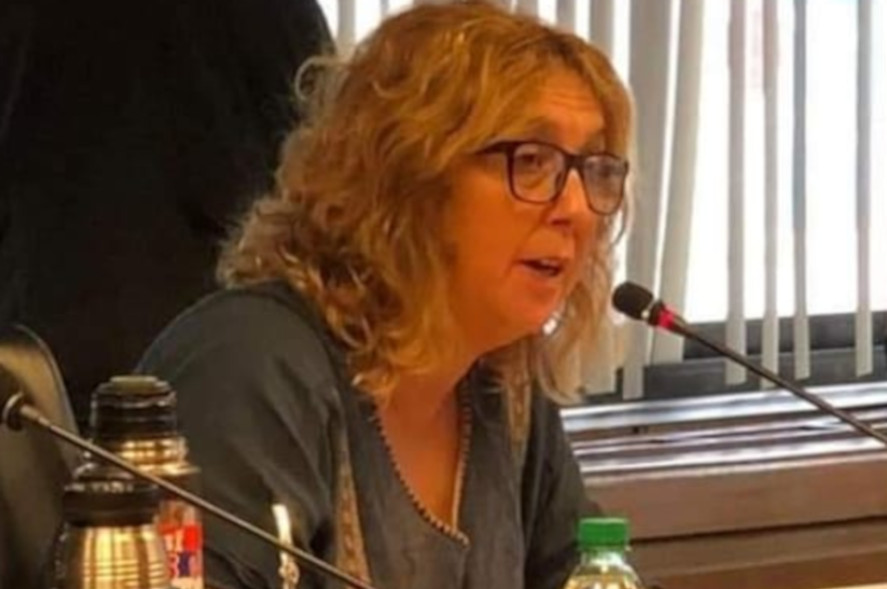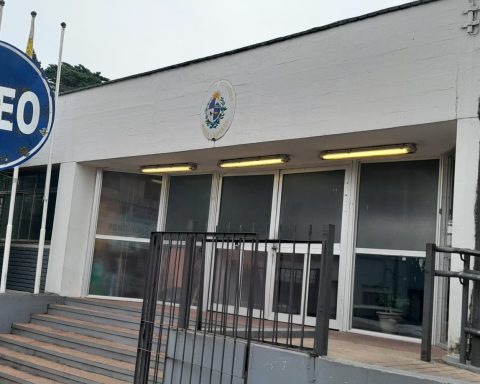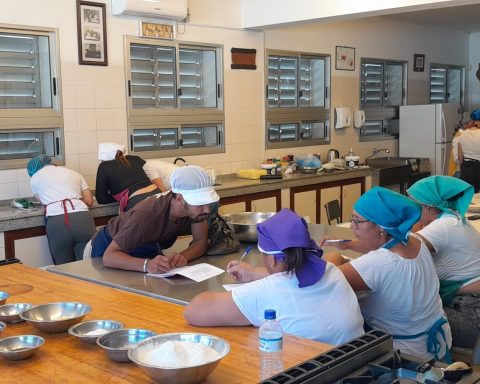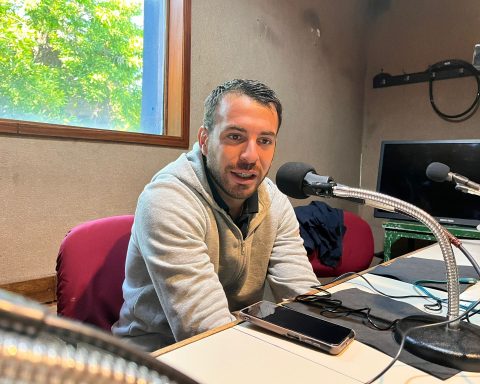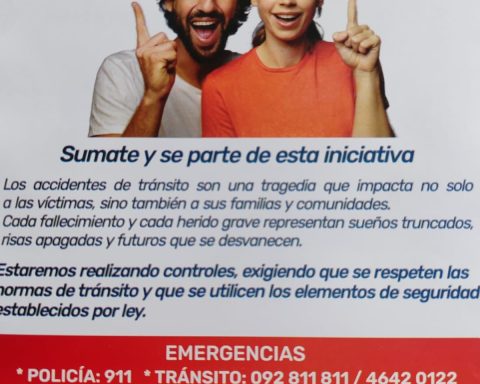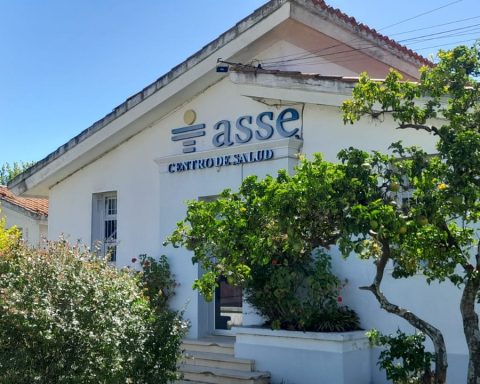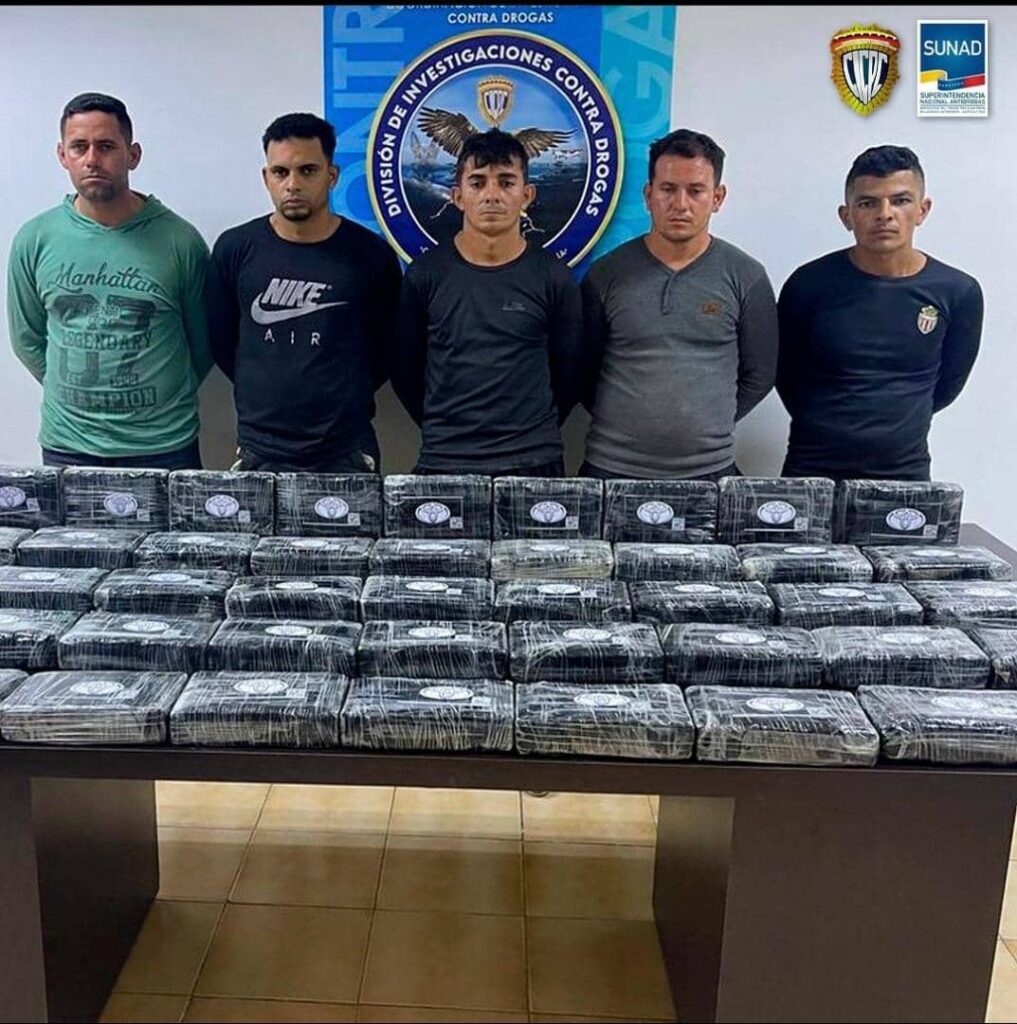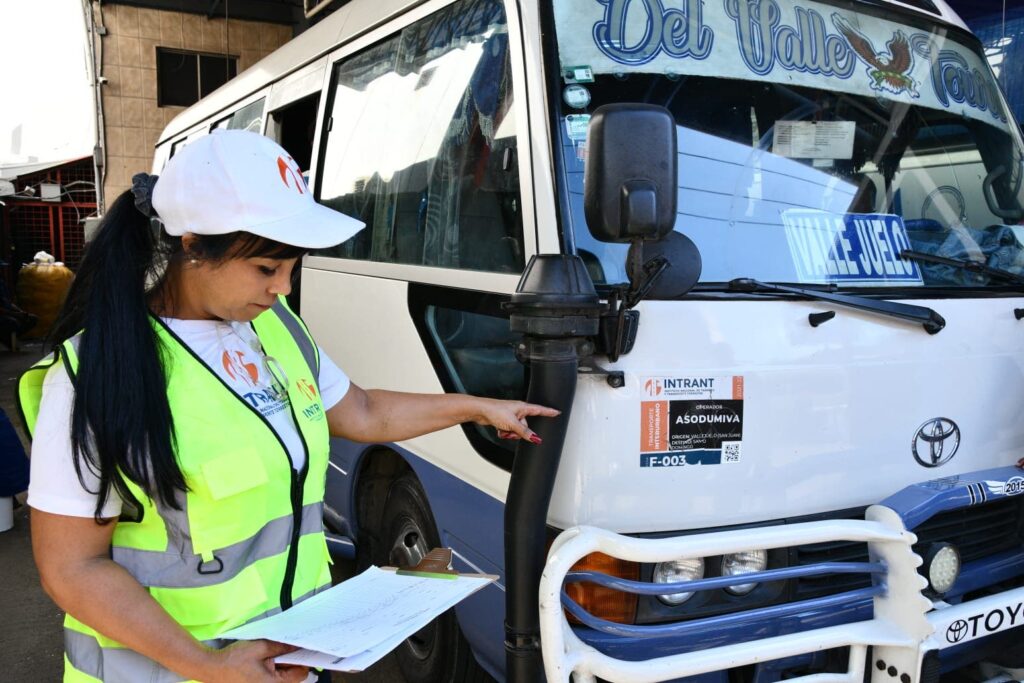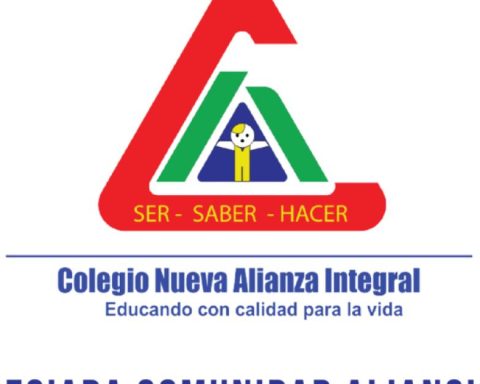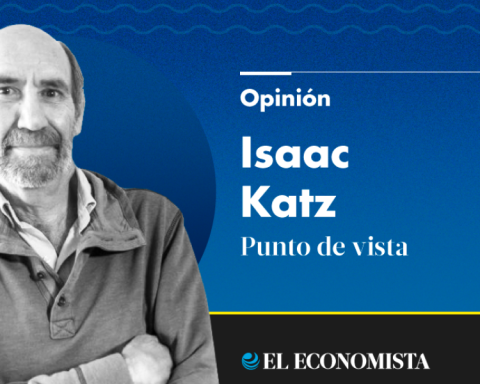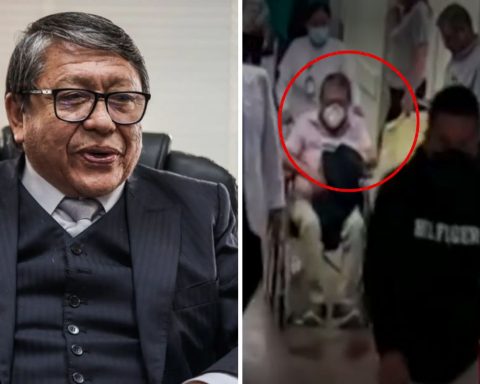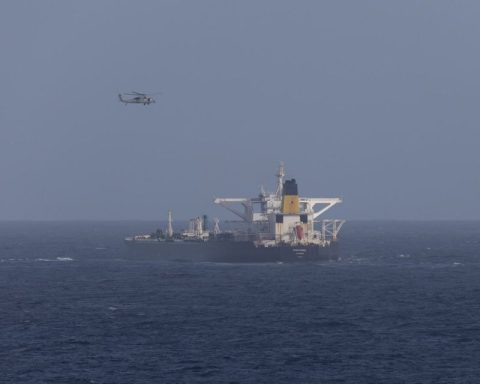The figures come from the National Committee for the Eradication of Commercial and Non-Commercial Sexual Exploitation of Children and Adolescents (CONAPEES).
“…Awareness campaigns are necessary, but a comprehensive approach with sufficient resources cannot be postponed,” said Deputy Cecilia Bottino.
In the half hour prior to the session of the Chamber of Deputies, this Tuesday, December 13, the deputy Cecilia Bottino (Broad Front – Paysandú) made reference to the National Day of the fight against the Sexual Exploitation of Boys, Girls and Adolescents in addition to reflecting on the presentation of the regional investigation “The interrelation and links between sexual violence and the death of girls and adolescents in the Latin American and Caribbean region (2010-2019)”.
This work was coordinated by the CLADEM organization (Latin American and Caribbean Committee for the Defense of Women) receiving the support of the European Union and the United Nations.
“On December 7, the National Day of the fight against the Sexual Exploitation of Boys, Girls and Adolescents (NNA) was commemorated. Within this framework and according to figures from the National Committee for the Eradication of Commercial and Non-Commercial Sexual Exploitation of Children and Adolescents (CONAPEES), this year 529 situations of exploitation were detected, which are not only alarming in themselves but also Due to the silencing characteristics that these situations imply, they question us deeply as those that cannot yet be seen. We remember then that the ability to visualize this problem as a society depends a lot on the awareness that can be generated and the availability of resources to address it in the territory so that effective protection measures for children and adolescents take place in practice. Undoubtedly, awareness campaigns are necessary, but a comprehensive approach with sufficient resources cannot be postponed”, said Bottino.
Regarding the research “of which we had the pleasure of being able to participate in it, the following stands out:
– In Latin America, violence against NyA builds its own geography, inscribed in a context characterized by historical discrimination and determined by structural causes that reproduce it, such as sexism and adult centrism. The N&A grow under a violent process of interrelation with society, especially in contexts of armed conflict or social unrest.
-Violence against NyA and its consequences are the result of the accumulation of imaginaries, power relations and impunity permeated in societies that continue to subordinate and oppress women, particularly NyA.
– This research raises the category of femicide violence as part of the continuum and the accumulation of other dimensions of violence, as well as its connection with femicide/femicide, disappearance, suicide, lack of access to legal termination of pregnancy ( ILE) and maternal death (MM). The use of this category is useful to investigate emerging violence that has not yet been studied in the region.
– There are various interrelationships that act in a non-hierarchical way between the different dynamics of violence. A common element among the types of violence is impunity in the treatment of crimes against women, as a result of a combination of cultural factors that indirectly legitimize the violence or make it secondary. At the center of the investigation are the victims and the women who care for and accompany the N&A who suffer violence, who help them transition from the status of victim to that of actors in their own lives and subjects of rights, thanks to processes of personal and collective empowerment of resistance and resilience.
We understand that this panorama must also be viewed taking into account the consequences that two years of the pandemic have shown in the resurgence of violence based on gender and generations and whose exacerbation is undeniable and on whose approach we are still waiting for answers, “said the legislator.
He pointed out that two questions arise: What answers can be improved from the State?
– Full compliance with the GBV Law: Budgetary Needs that have not been answered since 2020.
– Strengthening of the matrix of social policies in terms of promotion and protection of rights: emphasize the child protection system and the fact that public spending on children in our country is extremely limited in a panorama of growing child poverty.
– Need to stimulate the effective development of the SIPIAV in an increasing way, promoting the inter-institutional (collective strengthening of the governing institutions in childhood matters)
– At the educational level, it is essential to have programs that address these aspects (as opposed to the guidelines of the educational transformation promoted by the current government, which does not contribute in this regard).
– Since the pandemic, there has been a withdrawal of several focused policies that act to the detriment of the comprehensive protection of children and adolescents.
It is very interesting to see how this problem cuts across our America.
Here we can stand from two places. Seeing what we suffer from in common but more than anything looking for ways to test joint solutions and hence the richness of this experience that Cladem has developed.
We must continue from this building a common agenda.
What barriers act for the eradication of this type of violence?
– The advance of poverty, especially in childhood.
– Cultural factors and the intersectionality of the violence that worsens in the case of girls and adolescents.
– The withdrawal towards the domestic sphere that is maintained in the most vulnerable sectors despite the end of the health emergency.
– The advance of vicarious violence towards children and adolescents.
Bottino said that the research provides strong clues about the role played by cultural matrices, noting that “Uruguay is no stranger and here it is important (essential) to be able to develop other ways of seeing. It is not the same to be a woman, girl or adolescent in downtown Montevideo, periphery, Paysandú city than in a town or in rural areas. That is a central challenge that acts as a barrier to being able to work. Here those who carry out the tasks of accompaniment and attention have an extremely situated job that must be respected and provided with the necessary resources if the eradication of these forms of violence is a real commitment “
Secretary of the deputy Cecilia Bottino
